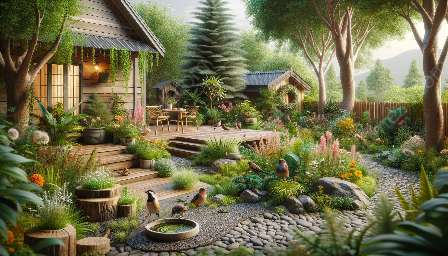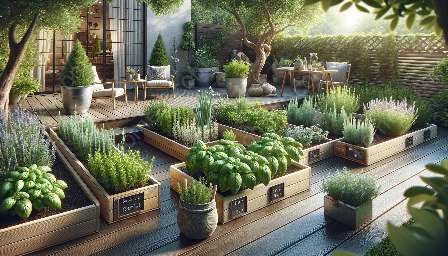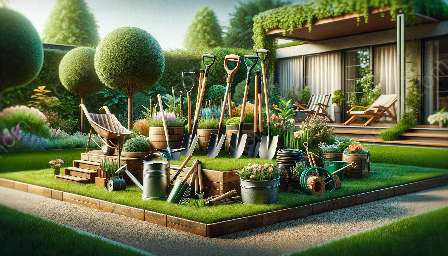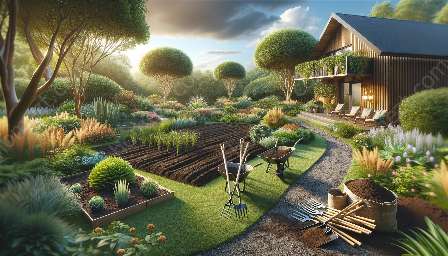Gardens, with their lush greenery and vibrant blooms, can be havens for a wide variety of pests and diseases. Understanding the threats they pose and how to effectively manage them is crucial for maintaining a healthy and thriving garden that complements your landscaping ideas. In this comprehensive guide, we will delve into the world of garden pests and diseases, exploring their impact on your outdoor space and offering valuable insights into prevention and control measures.
Common Garden Pests
Aphids: These tiny insects feed on plant sap and can cause distorted growth and carry viruses from one plant to another.
Slugs and Snails: These mollusks feed on plant leaves, leaving behind large, irregular holes.
Whiteflies: They suck sap from plants and excrete honeydew, leading to mold growth and damaged leaves.
Caterpillars: The larvae of butterflies and moths can consume foliage, causing significant damage to plants.
Common Garden Diseases
Powdery Mildew: This fungal disease appears as a white powdery coating on leaves, inhibiting photosynthesis and weakening the plant.
Botrytis Blight: Also known as gray mold, this disease can affect flowers, causing them to rot and become covered in a fuzzy gray growth.
Leaf Spot: Various fungi can cause dark spots on leaves, leading to defoliation and a weakened plant.
Impact on Landscaping Ideas
Uncontrolled infestations of pests and diseases can significantly impact the aesthetic appeal and functionality of your landscaping ideas. Pests such as aphids and whiteflies can weaken plants and reduce their visual appeal, while diseases like powdery mildew and leaf spot can detract from the overall health and beauty of your garden. It is essential to address these issues promptly to preserve the integrity of your landscape design.
Prevention and Control
Fortunately, there are various strategies and tools available to manage garden pests and diseases effectively. Cultural practices such as proper plant spacing and adequate watering can help reduce the risk of infestations. Additionally, employing natural predators, such as ladybugs for aphid control, and using organic treatments can provide environmentally friendly solutions. Regular monitoring and early intervention are key to preventing the spread of diseases and minimizing damage to your garden.
Maintaining a Healthy Garden
Creating a healthy and resilient garden involves implementing a holistic approach to pest and disease management. By promoting biodiversity, improving soil health, and selecting resistant plant varieties, you can establish a robust ecosystem that is less susceptible to infestations. Integrating native plants and beneficial insect habitats into your landscaping ideas can further support the overall well-being of your garden.
Conclusion
Garden pests and diseases pose ongoing challenges for gardeners and landscapers, but with informed practices and vigilance, it is possible to minimize their impact and enjoy a flourishing outdoor space. By understanding the dynamics of these threats, implementing preventive measures, and fostering a balanced environment, you can create a garden that not only enhances your landscaping ideas but also provides a sanctuary for nature to thrive.

















































